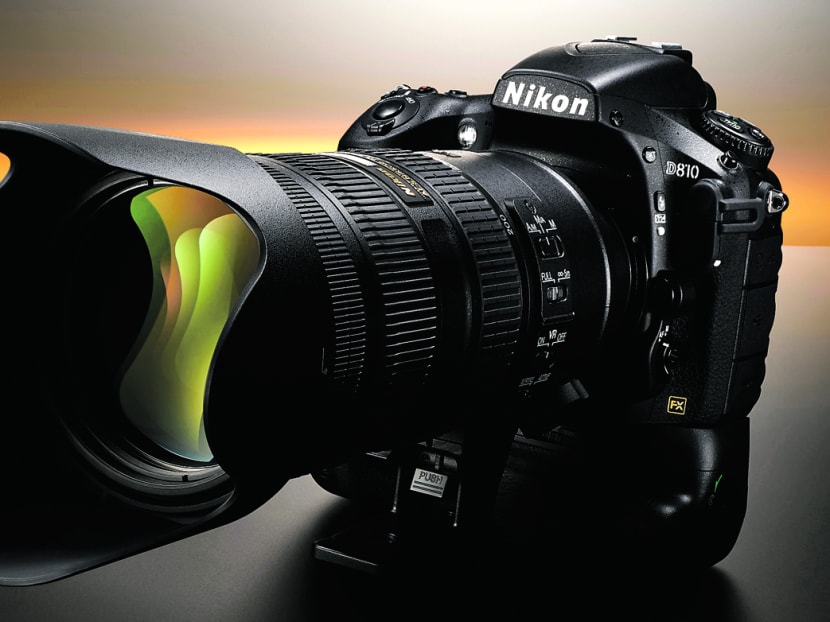Nikon D810: Probably the best DSLR ever
SINGAPORE — The Nikon D810 is seriously good. So good that it might be the best DSLR available on the market today — even better than Nikon’s own flagship professional-grade DSLR, the D4S.

SINGAPORE — The Nikon D810 is seriously good. So good that it might be the best DSLR available on the market today — even better than Nikon’s own flagship professional-grade DSLR, the D4S.
The D810 is a full-frame prosumer camera targeted at both professionals and photography enthusiasts. At a recommended retail price of S$4,888 for the body, it is significantly cheaper than the D4S, yet the photos it captures can be of equal, or even better, quality.
When the Japanese camera manufacturer first announced the D810 earlier this year, it boasted that the camera produces the best image quality of any DSLR in its history. All the technical data point to the same conclusion: The D810 sensor has a DxOMark overall score of 97.0, the highest rating given by industry benchmark-setters DxO Labs for any digital camera.
At 36.3 megapixels, the sensor packs loads of details into your photographs. As a point of reference, the D810’s Canon equivalent, the 5D Mark III, only packs 22.3 megapixels.
Additionally, the native ISO range on the D810 (ISO 64 to 12,800) is a marked improvement from its predecessors, the D800 and D800e. The low ISO setting of ISO 64 is a first for any DSLR.
When you first unwrap the D810, you will immediately notice how sturdy it is. Aside from some plastic or rubber outer parts, the frame of the D810 is made of a magnesium alloy that is resistant to dust and moisture.
First impressions upon handling the D810: It feels lighter, smoother, faster and quieter than its predecessors. Thanks to a slightly more pronounced grip, the camera also feels just a little more secure in your hands compared with the D800. This is great for any form of photography assignment — be it shooting on the move at an event or heading for an outdoor photoshoot.
Start-up is instantaneous, while shutting down takes only half a second. Auto-focusing is also quick with an improved 51-point autofocus system.
One of the most noticeable differences when switching between a Nikon D800 and D810 is how many more raw files the D810 can shoot in a single burst. There was no problem shooting a burst of 35 images; and Nikon says the buffer size on the D810 is more than double that of the D800.
But what really makes the D810 stand out is its video recording capabilities. It can shoot Full HD 1080p at 60, 50, 30, 25 and 24 frames per second (fps). Comparatively, the fastest frame rates for the D800 and Canon’s 5D Mark III are 30fps.
Audio recording is also better on the D810: Unlike the D800 and 5D Mark III, the D810 has two microphones on the front, allowing it to record sounds in stereo rather than mono.
The D810 is also great for filming on the move: It can film in an auto ISO mode, while still allowing manual control over aperture and shutter speed.
Overall, the only disappointment with the D810 is its inability to shoot 4K video — something that industry experts predict Canon might introduce in the future 5D Mark IV or the 7D.
Users should also be careful of how quickly the memory card might fill up. The D810 may produce the best technical image quality of any 35mm-based DSLR around, but that means its file sizes are huge too. A single 14-bit uncompressed RAW photo can take up to 73.2MB. Fortunately, Nikon introduced an S-RAW feature, which takes up about 27.8MB.
The Nikon D810 could be the best DSLR ever made. Its refusal to compromise on image quality makes it a must-have for photographers obsessed with producing ultra-resolution images. The Nikon D810 is available at all authorised retailers.





